[China: World Residence Tour] Area and Kitchen
- Release date: Dec 26, 2022
- Update date: Sep 10, 2025
- 5759 Views
China's vast territory means regional dietary habits vary considerably, with each area boasting distinctive local cuisines. This time, we'll explore the regional characteristics of Chinese cuisine by introducing the condiments found in the kitchens of consumers in Shanghai, Harbin, and Chengdu, as registered in Consumer Life Panorama.
Shanghai
Shanghai is located between Jiangsu and Zhejiang provinces, and because many people migrate from these two provinces, its culinary habits are influenced by them. Shanghai cuisine is often described as “rich oil and dark soy sauce” (using plenty of oil and soy sauce for seasoning). Here, “dark soy sauce” refers to the characteristic deep-colored soy sauce braised dishes within Shanghai cuisine. Famous examples include Shanghai-style braised pork belly and scallion-flavored boneless spare ribs (pai ko), all characterized by being seasoned and colored with a rich soy sauce.

Classic Shanghai-style soy sauce stew
Source:下厨房
Since many dishes use generous amounts of soy sauce, most home kitchens in China stock a wide variety of soy sauces. The image below shows examples of soy sauces found in a Shanghai home kitchen. Beyond the light soy sauce (“生抽”) used for seasoning, similar to Japanese soy sauce, they also have thicker, darker sauces like dark soy sauce (‘老抽’) and red braising soy sauce (“紅焼醤油”) for coloring, made by adding caramel to deepen the color. Varieties infused with mushroom extract or other ingredients offer distinct flavors and are used for specific dishes.
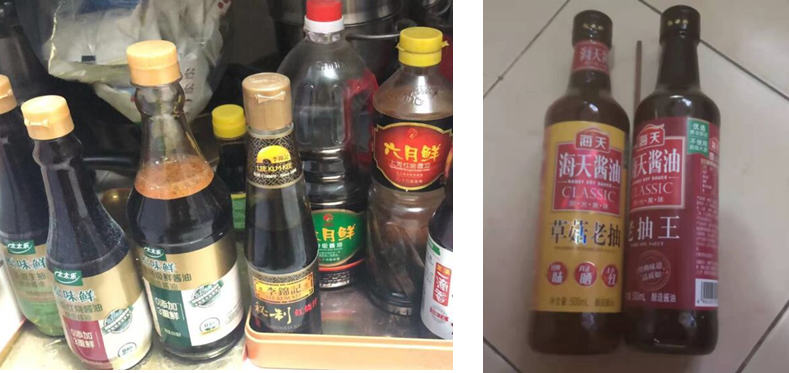
Additionally, as one of China's earliest ports to open to the outside world, Shanghai is characterized not only by traditional Chinese cuisine but also by strong foreign influences. Curry is one example. Since the first curry advertisement appeared in a Shanghai newspaper in 1908, dishes made with curry have become established as everyday home cooking. A famous dish is curry chicken, made by simmering chicken and potatoes with curry powder or curry sauce.
Ketchup is another example. Shanghai is also known for its “Russian Soup” (a Chinese version of borscht). In Chinese, “Luosong” (羅宋) sounds similar to the Russian pronunciation, indicating the soup's Russian origins. However, this soup, packed with vegetables and seasoned with ketchup, is now considered a local dish by Shanghainese. Furthermore, Shanghai is the main place in China where Worcestershire sauce is used daily. Initially used in Western-style restaurants, it was translated as “spicy soy sauce” and gradually became established among the general public. Pork cutlets are also commonly eaten in Shanghai, and “spicy soy sauce” is used as the sauce poured over them.

Curry Sauce (CN_107) and Ketchup (CN_30) in Shanghai Households
Source: Consumer Life Panorama
What is Consumer Life Panorama?
This is a website-type database that has accumulated visual data on more than 1,000 sei-katsu-sha from 18 countries around the world. The database includes many 3D models of living environments and 2D data of items owned by each sei-katsu-sha, and is useful for understanding overseas sei-katsu-sha, which is difficult to grasp using only letters and numbers.
Using visual data such as those cited in this column,
Compare the differences in the attributes of overseas consumers
To get a realistic understanding of the actual usage of each category
To understand the overall lifestyle of target consumers
etc., can be utilized as a “no-go” home visit survey.


Shanghai-style curry chicken (left), Russian soup (center), pork cutlet (right)
Source:下厨房
Harbin and Sichuan
Harbin is the provincial capital of Heilongjiang Province, located at the northernmost tip of Northeast China, over 2,000 kilometers from Shanghai. The Northeast is famous for its fertile Chernozem soil, home to China's only large-scale rice-growing region in the north. Rice cultivated in the Northeast is considered the tastiest in China. While it's often said that the staple food in the south is rice and in the north it's noodles, the Northeast is a region in the north where rice is a primary staple.
Beyond rice, Northeast China is also a major soybean-producing region. Consequently, it's the area where soybean oil is most widely used for cooking. Interestingly, oil preferences also differ between north and south: the north, being a major soybean-producing area, uses soybean oil frequently, while the south, being a rapeseed-producing area, uses rapeseed oil more often.
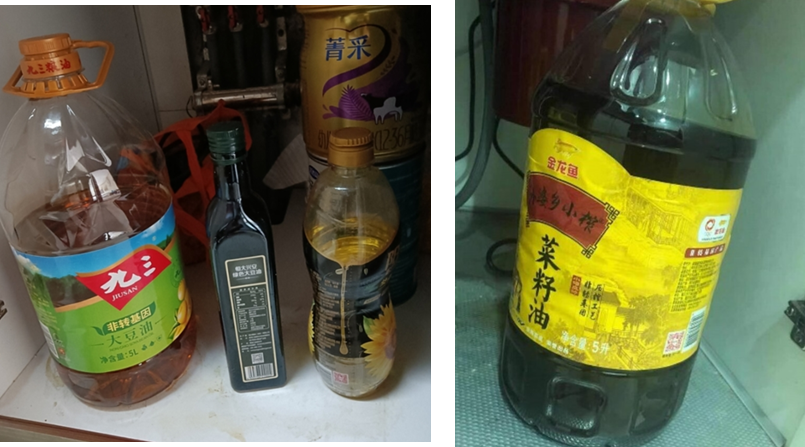
Soybean oil in Harbin households (left: CN_90) and rapeseed oil in Sichuan households (right: CN_80)
Source: Consumer Life Panorama
Harbin is roughly at the same latitude as Japan's Hokkaido. Moreover, it is among the first to be affected by the Siberian air mass, making its winters quite cold. Consequently, its cuisine is famous for “stewed dishes” (simmered dishes) that involve adding meat and vegetables and cooking them for a long time. By simmering them slowly, adding soy sauce for seasoning, and then eating them warm with the family, they warm their bodies during the bitterly cold winter.
At that time, there's a seasoning always used to bring out the umami flavor. That's “Tohoku Daishou” (Tohoku-style miso), made from soybeans using local advantages. It's great for dipping vegetables or adding to stews. It's what you'd call an all-purpose seasoning. Famous dishes include “Pork Ribs and Green Beans in Soy Sauce Stew” and “Tohoku Soy Sauce Braised Pork Backbone”.
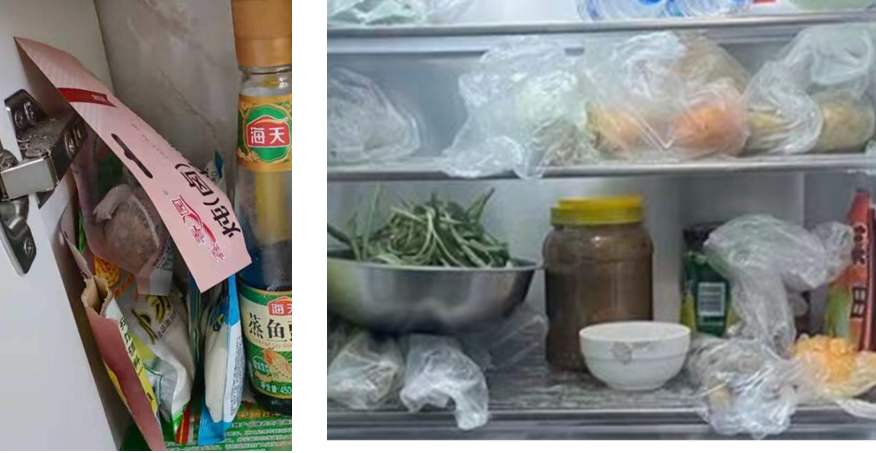
Harbin household stew spices (left: CN_88) and all-purpose seasoning “Tōhoku Daishō” (right: CN_88)
Source: Consumer Life Panorama

Tohoku-style Braised Pork Ribs with Green Beans (left),
Tohoku-style Braised Pork Bone in Sauce (right)
Source:下厨房
Additionally, Harbin's proximity to Russia means its food culture has been somewhat influenced by Russian tastes. One example is Guo Bao Rou (sweet and sour pork tenderloin), originally created by Chinese chefs to suit Russian palates, which has now become a Harbin specialty. Other examples include Daliye Ba, a bread similar to Russian black bread, and Hongchang, a sausage originating from Russian-style sausages.
Finally, Sichuan. Sichuan is the birthplace of mapo tofu, a dish familiar to many Japanese. Spiciness is essential to Sichuan flavors. The base seasoning for this is doubanjiang (chili bean paste), found in every Sichuan household. It's the key ingredient that adds heat and depth to dishes. Authentic mapo tofu and twice-cooked pork are always seasoned with doubanjiang. Equally indispensable alongside the heat is Sichuan pepper, which delivers that tingling numbness. La Zi Ji (Spicy Pepper Chicken) is a quintessential dish: fried chicken tossed lightly in a generous amount of chili peppers and Sichuan pepper.
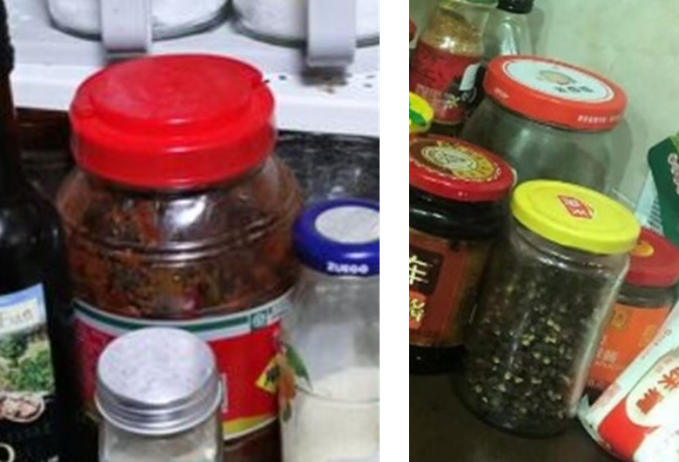
Chili bean paste (left: CN_84) and Sichuan peppercorns (right: CN_80) found in Chengdu households
Source: Consumer Life Panorama

Sichuan-style Mapo Tofu (left), Twice-Cooked Pork (center), Spicy Chicken (right)
Source:下厨房
Recent Trends in Food
As you know, Chinese cuisine features many stir-fried and deep-fried dishes. Consequently, the average consumption of cooking oil in China far exceeds the national recommended intake. Particularly in the south, where there is a custom of using rapeseed oil containing health-risk components, consuming large amounts of cooking oil ultimately leads to health issues. In recent years, as health awareness has grown, more households are striving to adopt healthier eating habits. For example, some families are switching to rice bran oil or olive oil for cooking.

Rice bran oil (left: CN_78) and olive oil (right: CN_82) found in Chinese households
Source: Consumer Life Panorama
The awareness of maintaining a healthy diet extends beyond cooking oil. Some households use reduced-sodium soy sauce to cut back on salt intake, while others opt for seasonings with zero additives.
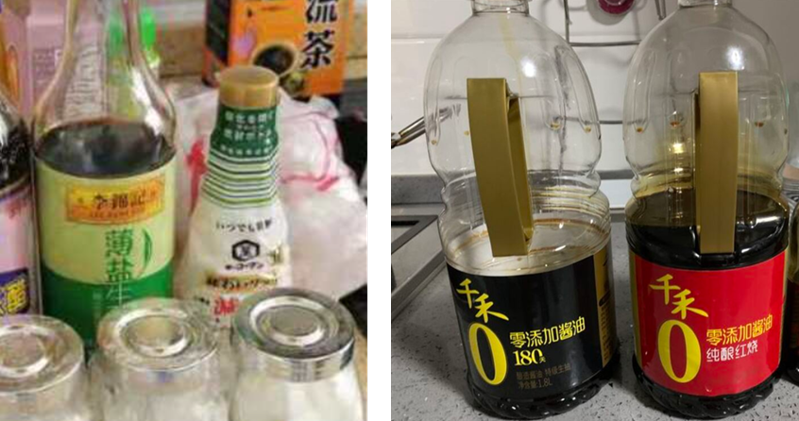
Reduced-Sodium Soy Sauce (Left: CN_54) and Additive-Free Soy Sauce (Right: CN_32)
Source : Consumer Life Panorama
-

Author profile
YAN YANG
A Chinese researcher based in Japan shares insights on overseas consumer lifestyles, primarily focusing on China. In recent years, authentic Chinese restaurants from various regions across China have been increasing in Japan, allowing people to enjoy the authentic flavors of different regions.
-

Editor profile
Yusuke Tatsuda
I was in charge of building the Global Market Surfer website. I'm thrilled that authentic Chinese cuisine is now available in Japan through “Gachi-Chuka.”
 Global Market Surfer
Global Market Surfer CLP
CLP


